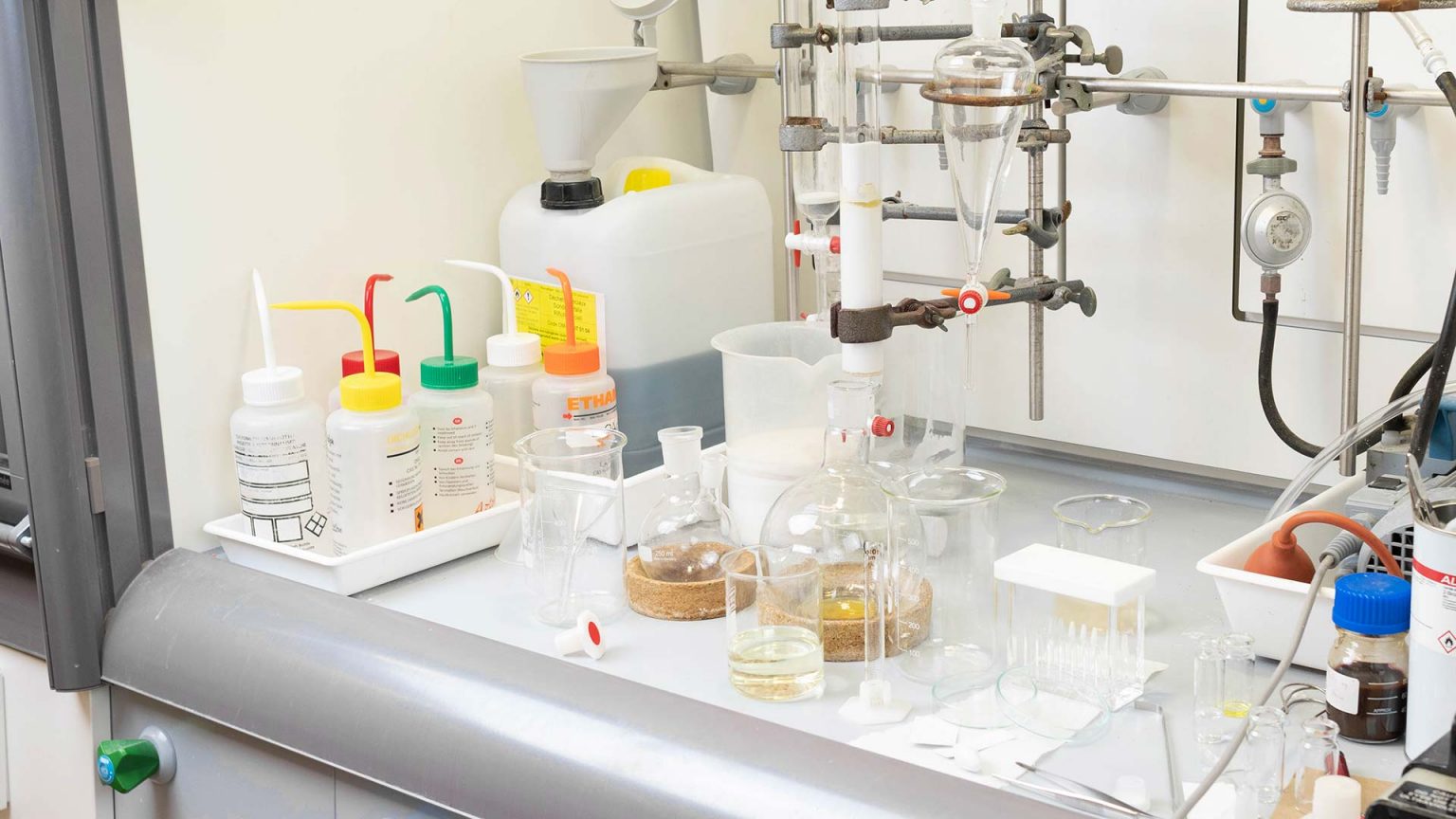Chemical reactions are the fundamental processes that drive the world of chemistry. They involve the transformation of substances, resulting in the formation of new products with unique properties. Understanding the different types of chemical reactions is crucial for scientists and students alike. In this blog post, we will delve into the intricacies of the five main types of chemical reactions, shedding light on their mechanisms, applications, and significance in various fields.
- Combination Reactions:
Combination reactions, also known as synthesis reactions, occur when two or more substances combine to form a single product. This type of reaction is characterized by the general equation: A + B → AB. An example of a combination reaction is the synthesis of water (H2O) from hydrogen gas (H2) and oxygen gas (O2). Combination reactions play a vital role in the synthesis of compounds, such as pharmaceuticals, polymers, and complex organic molecules. - Decomposition Reactions:
Decomposition reactions involve the breakdown of a single compound into two or more simpler substances. The general equation for a decomposition reaction is: AB → A + B. An example of a decomposition reaction is the thermal decomposition of calcium carbonate (CaCO3) into calcium oxide (CaO) and carbon dioxide (CO2). Decomposition reactions are essential in processes like digestion, decay of organic matter, and the production of industrial chemicals. - Displacement Reactions:
Displacement reactions, also known as replacement reactions, occur when one element displaces another element in a compound. There are two types of displacement reactions: single displacement and double displacement. In a single displacement reaction, an element replaces another element in a compound, while in a double displacement reaction, two elements in different compounds exchange places. Displacement reactions are crucial in understanding redox reactions, corrosion, and the extraction of metals from ores. - Acid-Base Reactions:
Acid-base reactions, also known as neutralization reactions, involve the transfer of protons (H+) from an acid to a base, resulting in the formation of water and a salt. The general equation for an acid-base reaction is: Acid + Base → Salt + Water. An example of an acid-base reaction is the reaction between hydrochloric acid (HCl) and sodium hydroxide (NaOH) to form sodium chloride (NaCl) and water (H2O). Acid-base reactions are essential in various fields, including medicine, environmental science, and industrial processes. - Redox Reactions:
Redox reactions, short for reduction-oxidation reactions, involve the transfer of electrons between species. These reactions encompass both reduction (gain of electrons) and oxidation (loss of electrons) processes. Redox reactions are characterized by changes in the oxidation states of the elements involved. They play a crucial role in energy production, electrochemistry, and biological processes such as respiration and photosynthesis.
Conclusion:
Chemical reactions are the building blocks of our world, driving the transformations and interactions of matter. By understanding the five types of chemical reactions – combination, decomposition, displacement, acid-base, and redox reactions – we gain insights into the intricate mechanisms that govern chemical processes. This knowledge finds applications in various fields, from pharmaceuticals and materials science to environmental studies and energy production. Embracing the chemical symphony of reactions allows us to unlock new possibilities and shape the world around us.

